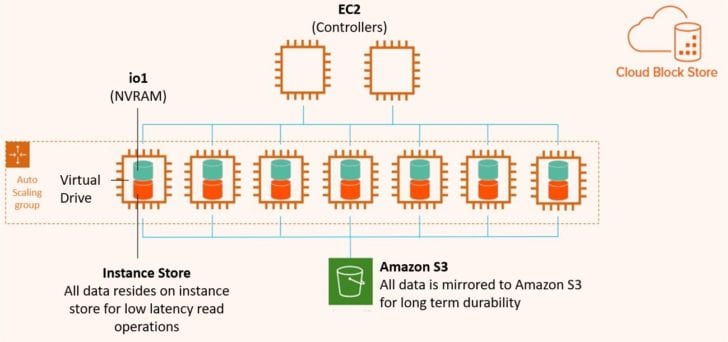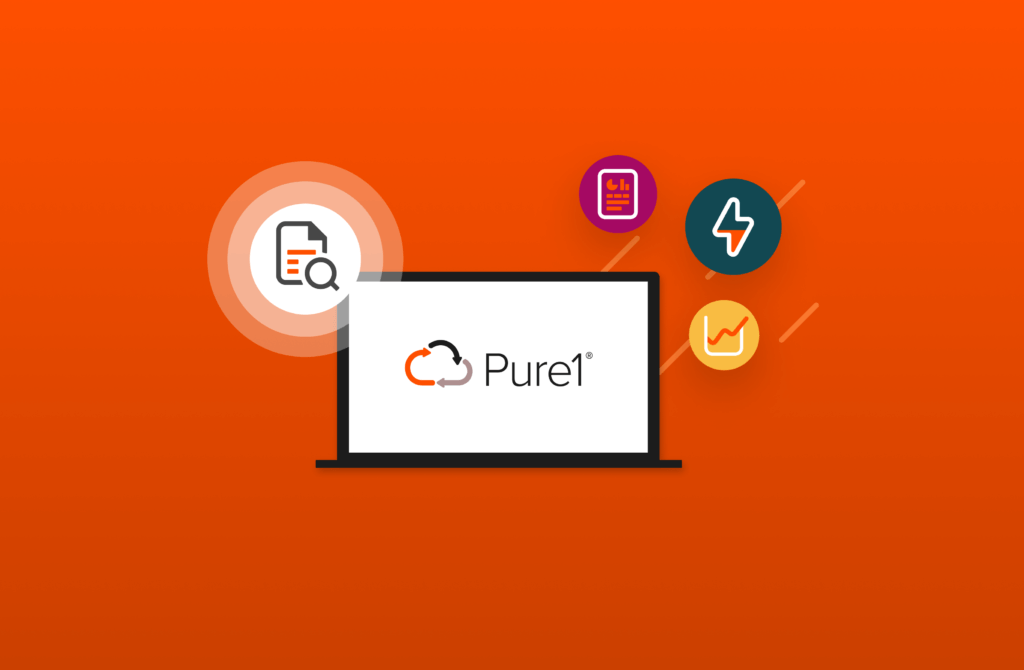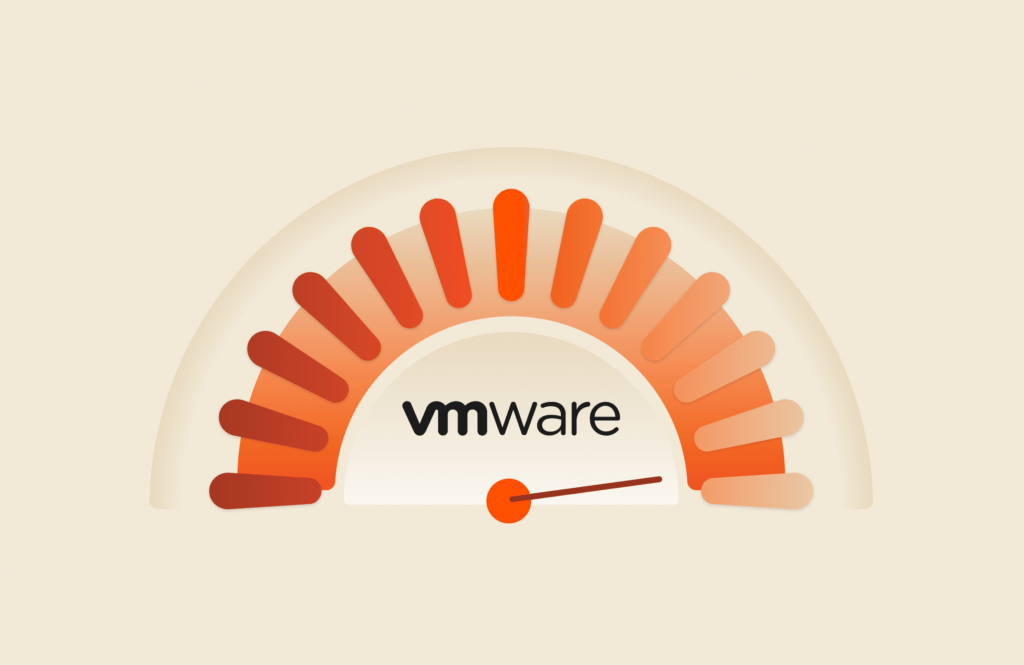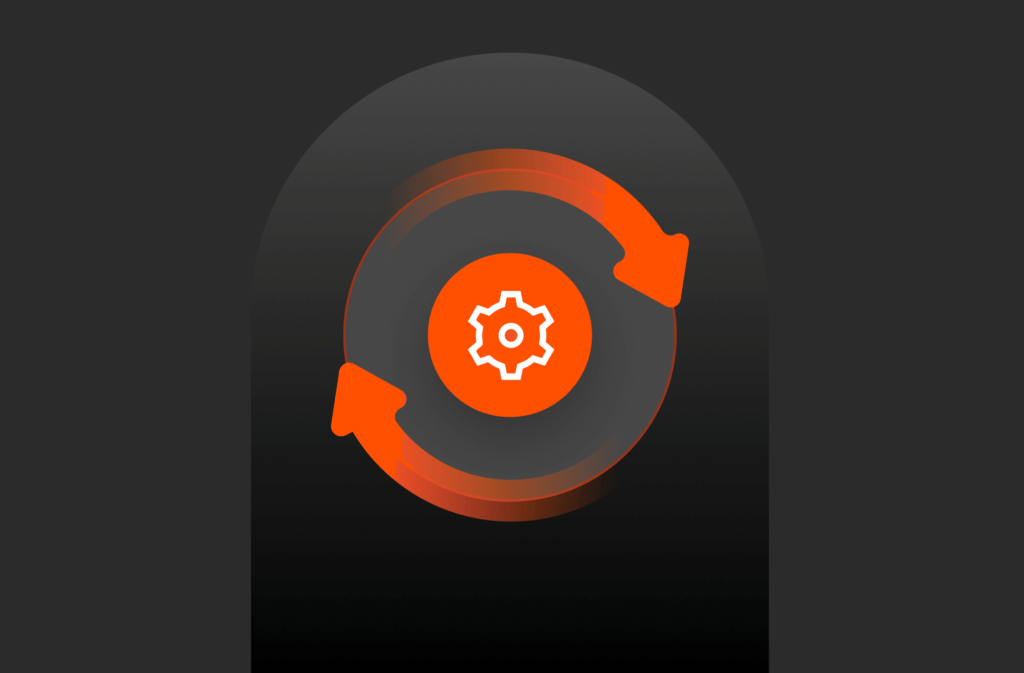A few years ago, we started hearing recurring concerns from our customers:
- Cloud block storage costs are based on what we provision rather than what we’re using. How can we be more efficient?
- Cloud storage has so many tiers. What do we use when?
- Performance, cost, features, durability, or availability. Do we have to choose?
These challenges were very similar to those we had heard for years about on-premises storage. And they’re one of the reasons we built FlashArray™. They’re also why we built FlashArray in the way we did. Storage arrays already existed at the time. Raw capacity certainly existed. So we set out to solve enterprise challenges in new and sophisticated ways. We realized we could fundamentally solve these issues with a platform built on flash, for flash.
So why couldn’t we provide similar or even greater value with cloud resources? Thin provisioning. Compression. Deduplication. Metadata-based space-efficient snapshots. We followed the same concept to build a modern storage platform designed specifically to take advantage of back-end cloud capacity. We set out to:
- Understand its benefits, drawbacks, and evolutions
- Build and maintain a software layer to abstract those pieces
- Deliver simple-to-use, resilient, performant, and efficient storage to the end user and application
Hybrid cloud itself exacerbated these traditional but revisited storage challenges. Persistent hybrid (dev/test, disaster recovery, etc.) or temporary hybrid (how to move application data to a new home, for example) introduced problems around data mobility. Consistency in storage platforms across clouds can be significantly advantageous. But going beyond data structure to also create consistency in management, employee skill sets, and cost offers even greater benefits.
To help solve for this challenge, we created two things:
- Pure as-a-Service™: An OPEX-based capacity model¹ that enables you to pay for what you use and transfer licensing across clouds (public and private)
- Pure Cloud Block Store™: A block storage platform in the public cloud
We announced Pure Cloud Block Store for AWS in 2018 and made it generally available in 2019. To build it, we evaluated the storage ecosystem in AWS, including S3, EBS (io1, io2, gp2, gp3, etc.), instance store, and more.
We also looked at the corresponding additional services to connect, automate, protect, and coordinate our resources. By putting these smarts into Purity, we changed the bottom layer of the abstraction (flash storage to AWS storage) while keeping the top layer (the UX) the same. Just as FlashArray continues to improve and change the hardware it uses—and how the software uses it—Pure Cloud Block Store engineering reviews AWS resources and improves or changes what it uses and how it uses it.

Designing Pure Cloud Block Store for Microsoft Azure
Cloud choice is a major decision, and AWS isn’t the only option. We set out to investigate what Pure Cloud Block Store could be on Microsoft Azure. While Azure has similar opportunities for bringing value, its persistence-layer characteristics are different and call for a different design. Block storage provided the multi-attach (Azure Shared Disks) and reservation support we needed. This let us design our backend data protection layer differently than we did for AWS.
It doesn’t really mean much to me when I hear about multicloud, hybrid cloud, private cloud, or public cloud. The definitions for each of these terms have been redefined so much that they almost don’t matter. What matters is your cloud. Whatever that specifically means is up to you and your business. Whether it’s entirely on premises, in a public cloud, in an MSP or IaaS vendor, or some combination, Pure can bring value. We’re doing the work to meet you where you need us. And Pure Cloud Block Store for Azure is an important step in that journey.
Available today, Pure Cloud Block Store™ for Microsoft Azure enables hybrid and multicloud capability for enterprise customers. We didn’t take any shortcuts during engineering development as we evolved Pure Cloud Block Store for AWS and now for Azure.
Benefits of Pure Cloud Block Store on Azure
With Pure Cloud Block Store on Azure, you can:
- Increase SQL Server business resilience and agility. Pure Storage® is known for tight, simple-to-use, and up-to-date SQL Server integration on premises. Pure Cloud Block Store can provide this same value in Azure. You can use dedicated Azure SQL instances or fully deployed hybrid-cloud dev/test and disaster-recovery architectures reaching from on-premises FlashArray devices to Pure Cloud Block Store. Azure isn’t limited to Microsoft products and databases—it runs it all. Pure Cloud Block Store can be a similar home to other mission-critical database offerings like Oracle, MongoDB, and more.
- Enable greater availability and durability with lower costs. Pure Cloud Block Store is built to use Azure resources efficiently while leveraging the dual-controller design, plus RAID 3D, to non-disruptively protect against underlying resource failures. To achieve this kind of protection with native resources, applications would have to triple-mirror their storage resources and/or replicate to other instances of the application, introducing resource cost and network traffic fees. Pure Cloud Block Store does this natively, taking the requirements off of the application.
- Put less pressure on application owners to be storage experts. Let Pure be your storage expert and simplify the infrastructure. We focus on the storage so you don’t have to. The foundation of any application is the data, and often, the data is your business. Every developer, application owner, or infrastructure user shouldn’t have to be an expert in storage management, provisioning, reliability, configuration, and performance. Pure Cloud Block Store can simplify all of that.
- Reduce storage footprint. Pure Cloud Block Store provides flexibility to the application layer to provision what the application will need over time without charging for it until the capacity is actually written to. This reduces the risk of application outages due to out-of-space errors caused by underprovisioning storage to save on costs. Combined with Pure Cloud Block Store’s industry-leading data-reduction techniques, it further reduces what you need to write down to storage. The ways that Purity coalesces writes and handles deduplication further reduces the reserved IOPS needed on the backend (the fastest I/O is the one you don’t need to write) and therefore reduces the spend on backend infrastructure.
- Leverage space-efficient, metadata-based snapshots. You can instantly create, restore from, and copy from Pure Cloud Block Store snapshots. Because all objects in Purity are metadata-based and included in the global data reduction, the capacity requirement to create one snapshot or many is extremely low. And you can use snapshots on demand, instantly. This accelerates database and application restore operations, and you can use them simultaneously for dev/test procedures. Run production on one Pure Cloud Block Store volume and instantly refresh a second (or third, or fourth, etc.) from production to run your analysis procedure immediately and efficiently.
- Enhance disaster recovery capabilities. Expand your abilities across availability, zones, regions, or even across clouds with Pure Cloud Block Store and Purity replication. Pure Cloud Block Store offers asynchronous replication through ActiveDR™ or protection groups over long distances, or zero RPO and zero RTO active-active synchronous protection through ActiveCluster™. Between Pure Cloud Block Store and Pure Cloud Block Store, or FlashArray and Pure Cloud Block Store, Pure Storage offers flexibility in source and target locality. You can even reduce bandwidth needs because both of these technologies are dedupe and compression-preserving replication offerings.
These are just a few of the benefits that Pure Cloud Block Store can bring to your cloud. Stay tuned for upcoming posts to take a deeper dive into these examples and more.
Learn more about Pure Cloud Block Store:
- Register for our Webinar: Bringing Enterprise-Grade Block Storage to Microsoft Azure with New Cloud Block Store from Pure
- Solution Brief: Pure Cloud Block Store Dev/Test
- Pure Validated Design: SQL Server Business Resilience Hybrid Cloud
- Microsoft Azure Marketplace: Pure Cloud Block Store for Azure Deployment
-
OPEX treatment is subject to customer’s auditor review
![]()





